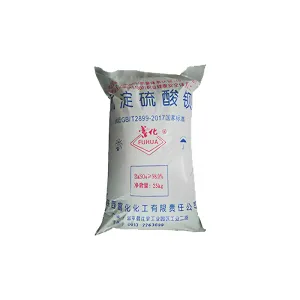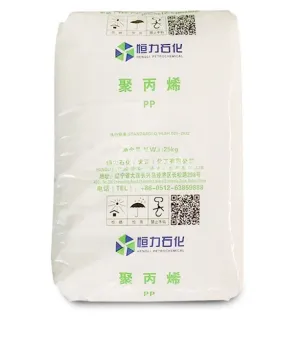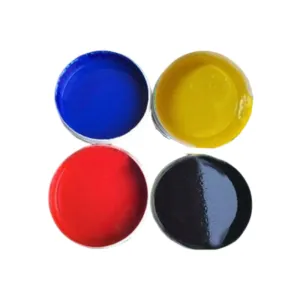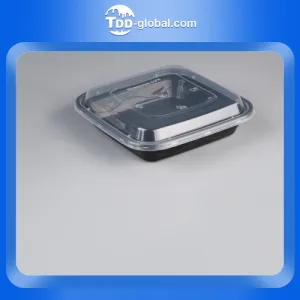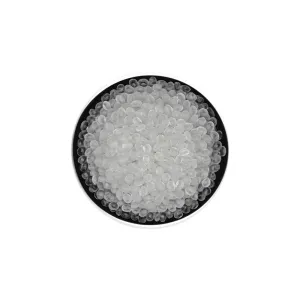RIL Q3 profit slumps 13.6%
Reliance Industries Ltd registered a 13.6 percent fall in October-December net as refining margins fell sharply and reservoir complexity pulled down gas output. RIL\’s net profit declined by 13.6 per cent to Rs 4,440 crore, or Rs 13.6 a share, in the third quarter ending December 31 from Rs 5,136 crore a year earlier, RIL said in a press statement. This is despite the fact that revenue from the petrochemical segment increased by 31.7 percent from Rs44,961 crore to Rs59,213 crore.
Commenting on the results, Mukesh D. Ambani, Chairman and Managing Director, Reliance Industries Limited said: “The global nature of our businesses and weakness in economic conditions resulted in reduced earnings in the quarter, particularly in our refining and petrochemicals businesses. Notwithstanding these challenges, Reliance has delivered reasonably robust results with high operating leverage. Our focus remains on enhancing shareholder value by leveraging an exceptionally strong balance sheet, operating top decile assets and investing prudently in future growth engines.”
REFINING & MARKETING BUSINESS
During the 9M FY12 period, RIL processed 51.4 million tonnes of crude reflecting an average utilization rate of 110%. Average refinery utilization rate were lower across regions with North America at 84.1%, Europe averaging at 75.5% while Asia averaged at 82.5% in Asia. Weaker margins and lowering demand resulted in lowering of operating rates across regions vis-í -vis the same period last year.
Revenue for RIL‟s Refining & Marketing segment increased by 43.1% from152,727 crore to Rs218,523 crore ($ 41.1 billion). Increase in revenue was principally due to higher price environment (higher by 39.2%) while increase in volume accounted for 3.9%.Higher crude throughput at the SEZ refinery resulted in higher exports of refined products. RIL exported 30.8 million tonnes of refined products vis-í -vis 28.4 million tonnes for the corresponding period of the previous year. Export revenues were higher at $ 26.0 billion as against $ 20.1 billion during the corresponding period of the previous year.
Following two strong quarters, the quarter ending December 2011 saw a sharp decline in margins as lower demand and high product inventories impacted product cracks. Gasoline and Naphtha remained particularly weak even as refineries operated at high levels to address demand for diesel and fuel oil.
Refining margins were weak globally. In the US, margins were lower as the WTI-Brent differential declined despite growing demand for gasoline and diesel in South American markets. In Europe, Brent margins remained low as higher Brent prices neutralized the gains in distillate and gasoline cracks. Asian margins were lower even as the impact of higher distillate and fuel oil cracks failed to offset the decline in gasoline and naphtha cracks.
Higher demand for fuel oil and gradual increase in supply of light crudes from Libya has resulted in a decline in Arab light – Arab heavy crude differential. Demand for fuel oil has also created a strong demand for heavy crudes resulting in its unprecedented premium vis-í -vis the benchmark Dubai crude.
On a trailing quarter basis, gasoline cracks have also plummeted due to lower seasonal demand and increasing supplies after the refineries returned from maintenance and operated at high levels to fulfill demand for gasoil. The tightness of gasoil and robust demand from in Asia continues to support gasoil cracks. Gasoil crack was up by $ 6 /bbl in Asia during the current nine month period in comparison to the same period last year. Asian gasoil cracks remained firm even on a trailing quarter basis at around $ 19.9 /bbl.
Naphtha cracks remained negative across regions due to lower demand. Markets in the Western markets were impacted due to sluggish economic growth while Asian markets were impacted by ample supply from refineries and cracker outages. During the nine months period Naphtha cracks were lower by $ 5.5 / bbl in Asia in comparison to the same period last year.
RIL\’s Gross Refining Margin (GRM) for the nine months period was at $ 9.0 / bbl, higher than the $ 8.1 / bbl it achieved in the corresponding period of the previous year. On a quarter-on-quarter basis, RIL‟s GRMs were lower at $ 6.8 /bbl primarily due to weaker product cracks but also due to the impact of higher crude costs and reduced Arab light-heavy differentials.
PETROCHEMICALS BUSINESS
During the nine month ended 31st December 2011, revenue for the segment increased by 31.7% from Rs44,961 crore to Rs59,213 crore ($ 11.2 billion). Increase in volume accounted for 6.8% growth in revenue and increase of prices accounted for 24.9% growth in revenue.
EBIT margins for the nine months ended 31st December 2011 were at 11.5% as compared to 14.9% in the corresponding period of the previous year due to base effect of higher revenues. On a trailing quarter basis, EBIT margins reduced across the olefins chain, the aromatics chain and in certain key chemicals.
On a 9 months basis, production of ethylene increased by 13% to 1.4 million tonnes while the production of propylene increased by 10% to 578 thousand tonnes. This was due to normalized production during the 9M FY12 period vis-í -vis cracker turnarounds at Hazira, Nagothane and Gandhar manufacturing sites during the corresponding period of the previous year. Polymer (PP, PE and PVC) production increased by 8% to 3.4 million tonnes.
Overall demand for polymer products improved by 3% mainly due to growth in the packaging sector and moulded products. Demand for PVC was higher by 6% mainly due to strong demand from the agriculture sector.
During the period, production of fibre intermediates (PX, PTA and MEG) increased by 5% to 3.6 million tonnes. Polyester (PFY, PSF and PET) production volumes decreased by 3% to 1.2 million tonnes due to changes in the product mix.
Register Now to Attend NextGen Chemicals & Petrochemicals Summit 2024, 11-12 July 2024, Mumbai
Recommended Suppliers
 September 23, 2024
September 23, 2024  June 3, 2024
June 3, 2024  June 3, 2024
June 3, 2024  June 17, 2024
June 17, 2024  June 18, 2024
June 18, 2024 
